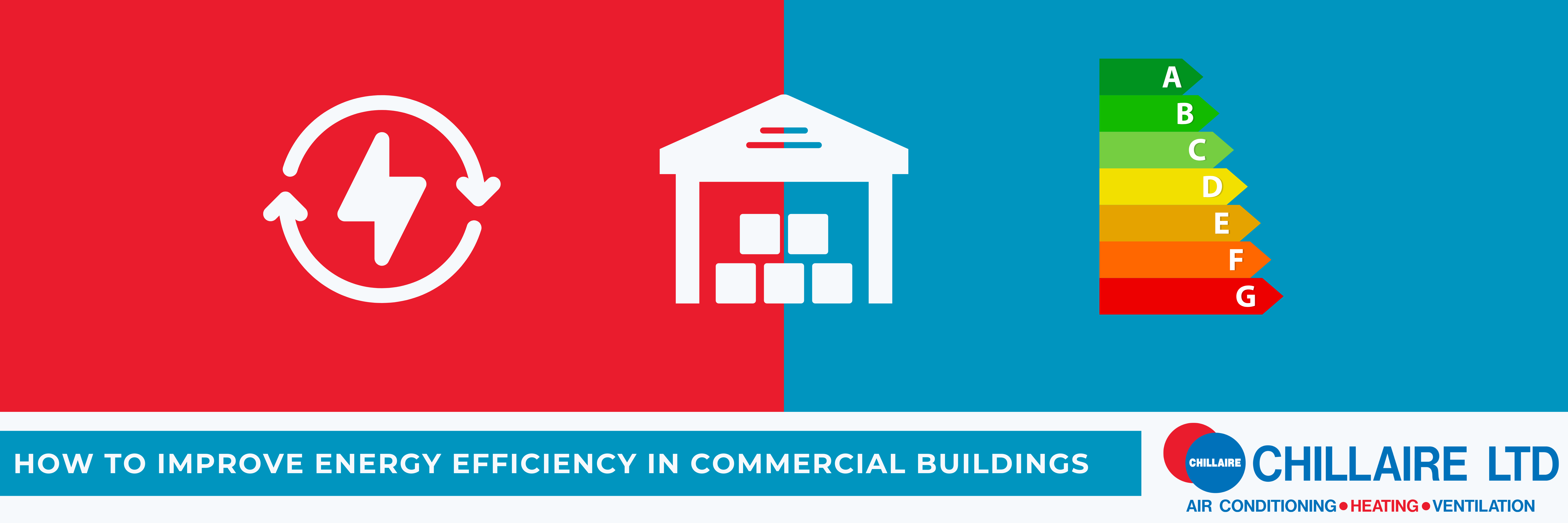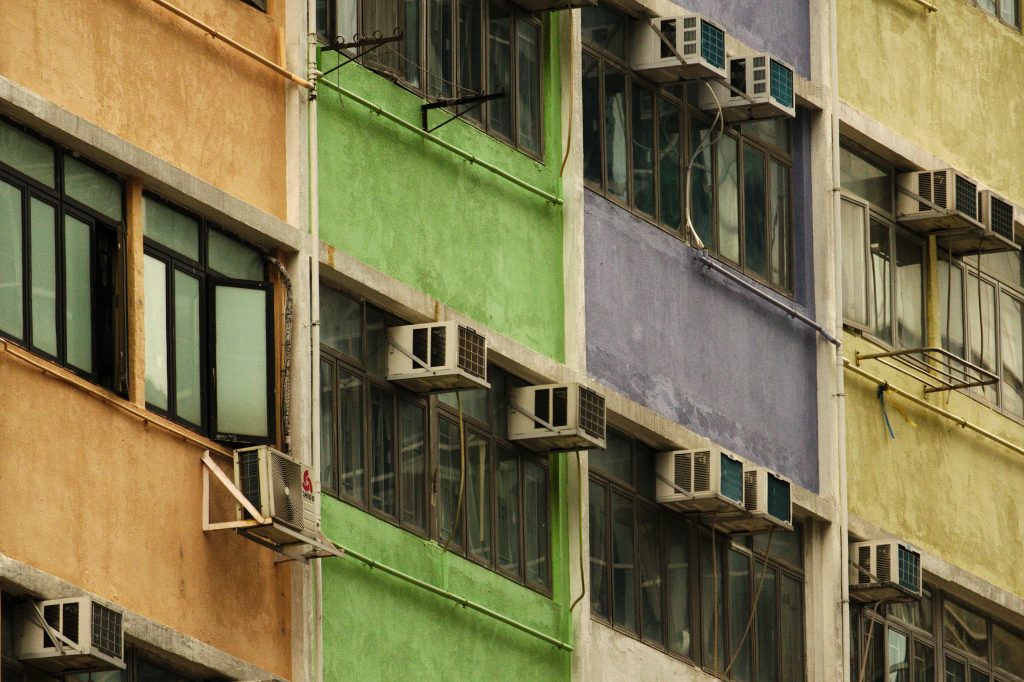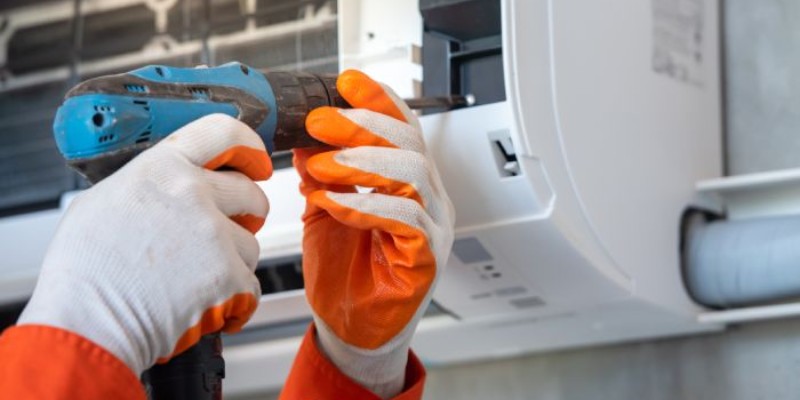
How Commercial Air Conditioning Improves Employee Productivity
Maintaining the perfect office environment does more than just keep people comfortable, it drives performance, cuts downtime and lifts morale. In this guide, we’ll explore AC benefits, unpack how commercial air conditioning can improve employee productivity and show why Chillaire Ltd is the trusted partner for commercial HVAC solutions.
Why Climate Control Matters
People are creatures of comfort. When office temperatures drift below 21°C or above 23°C, focus drifts too. Research shows that even a 5°C deviation from this range can reduce cognitive performance by up to 15% in tasks requiring concentration and decision‑making. Regulated environments not only prevent fatigue but also cut mistakes, helping teams work smarter and faster.
Does Air Con Improve Productivity?
Yes, by creating a stable, distraction‑free workspace. In one large survey, companies with well‑maintained air conditioning surveys systems reported a 12% rise in overall productivity compared to those relying on natural ventilation alone. Staff stay alert, errors drop and tasks get completed more efficiently.
Does AC Improve Air Quality?
Absolutely. Modern systems do more than chill, they purify. High‑grade filters trap pollen, dust and allergens, while advanced UV and ionisation modules neutralise bacteria and viruses. Studies indicate that improved indoor air quality can reduce sick days by up to 35%, saving businesses thousands in absentee‑related costs each year.
What Is the Legal Room Temperature at Work?
Under UK Health and Safety Executive regulations, employers must maintain a minimum temperature of 16°C for sedentary roles, dropping to at least 13°C for more physical tasks. However, comfort standards for office work sit between 21°C and 23°C, ensuring peak productivity and well‑being. Meeting these benchmarks without AC is nearly impossible, especially during UK summers.
How AC Reduces Downtime
- Consistent Climate: Prevents performance dips during heatwaves or cold snaps.
- Less Sick Leave: Filtered, ventilated air curbs respiratory issues and common colds.
- Equipment Protection: Stable temperatures safeguard servers and IT hardware against overheating.
- Rapid Recovery: In the event of unexpected heat spikes, a robust AC system can restore ideal conditions in under 15 minutes.
What Brands Are Best for Office Air Conditioning?
Chillaire Ltd only partners with top‑tier manufacturers to deliver reliability and long‑term value:
- Daikin: Industry leader in energy‑efficient VRV systems and smart building integration.
- Toshiba: Praised for whisper‑quiet operation and precise digital temperature controls.
- Mitsubishi Electric: Robust commercial units with built-in humidity management.
- LG: Innovative designs with advanced filtration and IoT‑enabled monitoring.
To see and learn about all air conditioning the brands we use, click here.
Case Study: Loughborough Office Transformation
In this specific recent case study, Chillaire Ltd designed and installed a tailored air conditioning system for a newly refurbished office in Loughborough.
The setup included two high-capacity Mitsubishi Electric ceiling cassette units, each connected to inverter-driven air source heat pump outdoor units (single split systems). These systems automatically switch between cooling and heating using reverse cycle technology, maintaining a comfortable indoor temperature all year round.
A wall-mounted digital controller allows the user to set cooling, heating, or auto mode, adjust fan speeds and schedule operation via a built-in time clock.
The outdoor units were installed at ground level on PVC condenser blocks and connected with refrigerant piping and electrical cabling.
Thanks to Mitsubishi Electric’s high SEER and SCOP ratings, the system offers excellent energy efficiency,making it a more cost-effective option than traditional electric heating.
📍 Outcome: A smart, energy-efficient climate control solution ensuring year-round comfort and improved productivity.
What Is the ROI on Commercial AC?
Businesses typically recoup installation costs in 2-4 years through:
- Energy Savings: Inverter technology cuts power usage by up to 30%.
- Reduced Absenteeism: Fewer sick days equate to lower wage and overtime expenses.
- Increased Output: A 10% productivity boost can translate into thousands in additional revenue per employee.
How to Choose the Right System
- Assess Your Space: Square footage, heat loads and occupancy patterns.
- Define Objectives: Prioritise energy efficiency, rapid cooling or exceptional air purification.
- Select a Brand & Configuration: Single‑zone vs. VRF, ducted vs. ceiling‑cassette.
- Plan Installation: Minimise downtime with phased or off‑peak scheduling.
- Implement Maintenance: Regular filter changes and inspections keep performance optimal.
Why Partner with Chillaire Ltd?
- Experience: We have over 30 years experience in delivering commercial HVAC across retail, offices and industrial sectors.
- Expertise: Certified engineers trained on Daikin, Mitsubishi, LG, Toshiba and Panasonic platforms.
- Authority: Approved contractors for Mitsubishi Electric and Daikin air conditioning.
- Trustworthiness: 24/7 remote monitoring and priority service agreements for uninterrupted operation.
Ready to Boost Workplace Productivity?
At Chillaire Ltd, we specialise in the design, installation, servicing and maintenance of commercial air conditioning systems across the UK. Whether you need a complete system for a new office or reliable servicing for your existing units, our expert engineers are here to help.
📞 Contact us today to discuss your needs or book a free on-site consultation. Let’s create a cooler, more productive workplace, together.
Frequently Asked Questions
Q: Can air con systems integrate with smart building platforms?
A: Yes. We offer BMS-compatible controls that provide real-time analytics and remote operation.
Q: How often should I service my commercial AC?
A: At least twice yearly, ideally before peak summer and winter seasons, to check refrigerant levels, clean filters and test performance.
Q: Will AC systems help with humidity control?
A: Modern units actively dehumidify, maintaining relative humidity around 40-60%, the optimal zone for health and comfort.











